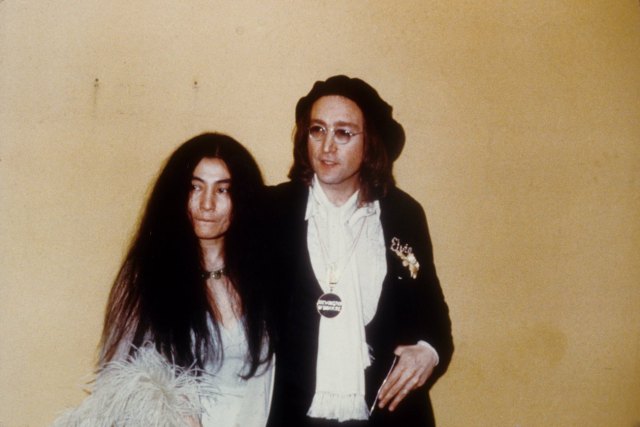In a post-Beatles world, it felt like John Lennon could do no wrong. Ignoring the experimental albums that he made with Yoko Ono, all of his mainline studio albums had been hits, with Plastic Ono Band and Imagine showcasing both sides of his personal battles, be it with his own mind or the world at large. Lennon didn’t just want to be a pop singer anymore. He had more important matters to deal with, but Some Time in New York City was far from the revolutionary album it was made out to be.
At the same time, it’s almost easy to see how something like this could actually work. Lennon had been able to make excellent political material as far back as ‘Revolution’, so a song that’s nothing but silver-tongued send-ups of corrupt politicians should have been a slam dunk on paper. However, some fans felt a sense of trepidation when it was revealed that Yoko Ono would be sharing the track listing, dividing it up 50/50 between John and Yoko material.
Most fairweather Beatles fans will tell you that’s why this album doesn’t work, but here’s the bombshell: Yoko’s songs are good—probably the best on the album. Considering her work in avant-garde, she adapts to standard pop fare really well, including the fantastic ‘Sisters O Sisters’.
When she isn’t doing her thing of yelling first and singing later, Ono’s knack for pop songs isn’t half bad. ‘We’re All Water’ might bring back the yelping vocals in full force, but hearing her talk about icons like Angela Davis on ‘Angela’ feels more in her wheelhouse, playing the more hard-edged of what someone like Nico did in The Velvet Underground.
Even on some of the record’s notably bad songs, Elephant’s Memory turns up to deliver some superb backing instrumentation. That New York City energy is definitely there in the horns, which gives off the impression of walking down a busy city street and picking up this album along with your Daily News.
But then we get to Lennon’s material, which contains some of the spottiest productions that he made before his covers album, Rock ‘n’ Roll. As much as there are decent songs on here, they’re not delivered in their best versions. ‘John Sinclair’ seems like it’s halfway to a decent effort except that it doesn’t have a proper chorus, and while the sentiment behind ‘Luck of the Irish’ is practically Dylanesque, there’s something about the production that makes it feel more like a demo than an actual song.
Of course, the record also doesn’t get off to the best start on the opening track. You will not be getting this author to actually write out the full title of the song, but while the idea of making a song about the problems that women face in modern culture is a noble idea to write about, substituting their issues with a racial slur is not helping anybody’s case.
And the more people ignore the live disc of the album, the better off the world will be. Although the idea of Lennon working with resident weirdo Frank Zappa would have sounded at the very least interesting, their jams, along with Yoko’s screaming on ‘Au’, make the brain go into Stockholm Syndrome and appreciate the ten-song single album we got.
Is the album completely unsalvageable? Not necessarily. ‘New York City’ is easily one of the best songs Lennon wrote around this time, and if he had included some of his singles from around the time, like ‘Power to the People,’ it could have made for a more compelling listen.
More than anything, Some Time in New York City taught Lennon a lesson. Despite years of saying that he didn’t need the rest of The Beatles, this was proof that doing whatever he wanted would have diminishing returns if he decided to keep following his muse. It was time for a change, and that meant doing one thing everyone thought was impossible: leaving Yoko.
After taking a break from each other, Some Time in New York City also marks the start of Lennon’s estranged period, making some of his best songs on Mind Games and Walls and Bridges while still being in emotional purgatory from his lover. But when you look at Lennon’s political album on the surface, it’s not necessarily a bad album from back to front.
It was just the first time that Lennon knew that he was fallible in the eyes of the public, and isn’t that exactly what we all needed? We all put him up on a pedestal even when he tried to be his most human on Plastic Ono Band, so this was the first time that he was able to put his star power on the back burner for a little bit.



